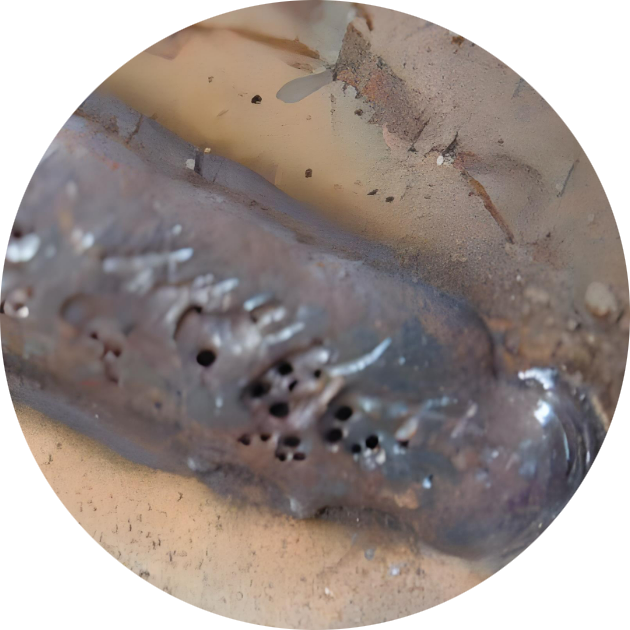Time to read: 6 min

Weld lines in injection molding can lead to significant functional and aesthetic issues in plastic parts. This article provides an in-depth analysis of weld line formation, their impact on product quality, and practical strategies to prevent or minimize these defects in the manufacturing process.
Understanding Weld Lines in Injection Molding
Weld lines, also known as knit lines, are junctions formed when two flow fronts of molten plastic meet and fail to integrate perfectly during the molding process. These lines can compromise the strength and appearance of the final product, leading to potential failures in structural integrity.
How Weld Line Defects Occur
Weld lines typically appear when flow fronts are obstructed or分流, creating a depression at the point of recombination. The angle at which these fronts meet is crucial, with weld lines forming at angles smaller than 135 degrees.
Factors Contributing to Weld Line Formation
Several factors can contribute to the formation of weld lines, including:
- Pressure: Insufficient pressure can prevent flow fronts from melding, leading to pronounced weld lines.
- Temperature: Inadequate temperatures may cause premature solidification, resulting in weld lines.
- Mold Design: Poorly designed molds with improper gate placement or wall thicknesses can cause weld lines.
- Speed: Slow resin flow can lead to uneven cooling and the formation of weld lines.
- Impurities: The presence of impurities in the resin can disrupt smooth flow.
- Excess Mold Release: Overuse of mold release can necessitate higher pressures, potentially causing weld lines if not properly managed.
The Consequences of Weld Lines
Weld lines are undesirable for several reasons:
- Reduced Strength: They represent areas of weakness where parts are more likely to break.
- Aesthetic Compromise: Weld lines can mar the surface appearance of the part, detracting from the design.
Strategies to Prevent Weld Lines
To ensure quality and consistency in injection molding, consider the following strategies to prevent or minimize weld lines:
- Alter Part Design: Increase wall thickness to facilitate pressure transmission and slow down cooling. Adjust part thickness ratios and gate dimensions to promote even flow.
- Optimize Mold Design: Enlarge gates and runners, and incorporate vents to eliminate trapped air. Consider changing the gate design to reduce weld line formation.
- Adjust Molding Conditions: Fine-tune the molding conditions, including melt temperature, injection speed, and pressure, to promote uniform flow and cooling.
Conclusion
Weld lines are a manufacturing challenge that can be mitigated with careful design consideration and process optimization. By understanding the causes and implementing preventive measures, manufacturers can enhance product quality and achieve a flawless finish.




